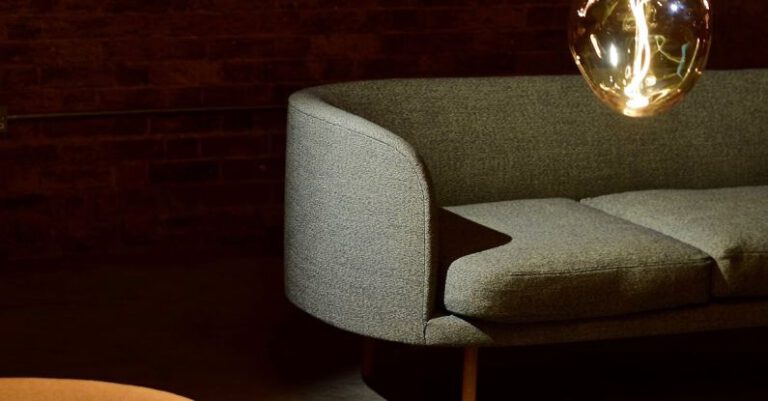Can Industrial Chic Still Dominate Living Spaces?
In the realm of interior design, trends come and go with each passing season, but one style that has managed to stand the test of time is industrial chic. Originating from converted factories and warehouses, industrial chic combines raw, unfinished elements with sleek modern touches to create a unique and edgy aesthetic. However, with the ever-evolving landscape of design preferences, the question arises: Can industrial chic still dominate living spaces in today’s world of ever-changing trends and tastes?
The Rise of Industrial Chic
Industrial chic first gained popularity in the late 20th century as urban dwellers began repurposing old industrial spaces into residential lofts. Exposed brick walls, steel beams, and concrete floors became sought-after features that added character and a sense of history to living spaces. The combination of these raw elements with contemporary furnishings and accessories gave rise to the industrial chic aesthetic that continues to captivate designers and homeowners alike.
Embracing Imperfection
One of the defining characteristics of industrial chic is its embrace of imperfection. Rather than concealing flaws or covering surfaces with ornate finishes, industrial chic celebrates the authenticity of materials in their raw form. Exposed ductwork, weathered wood, and distressed metal are all hallmarks of this style that add a sense of rugged charm to living spaces. By showcasing the beauty of imperfection, industrial chic creates a unique visual appeal that sets it apart from more polished and refined design styles.
Balancing Form and Function
Industrial chic is not just about aesthetics; it also prioritizes functionality and practicality. Furniture pieces are often simple and utilitarian, with clean lines and minimal embellishments. Industrial lighting fixtures, such as exposed bulbs and metal pendants, not only add to the overall look but also serve a purpose by providing ample illumination. This focus on both form and function makes industrial chic a practical choice for modern living spaces where versatility and efficiency are key.
Mixing Old and New
One of the reasons industrial chic has endured as a popular design style is its versatility and adaptability. While it has its roots in repurposed industrial spaces, industrial chic can be incorporated into a variety of settings, from urban lofts to suburban homes. The key lies in the art of mixing old and new elements to create a balanced and cohesive look. Vintage finds, such as industrial-style furniture and accessories, can be paired with contemporary pieces to add depth and character to a space without feeling cluttered or overwhelming.
The Evolution of Industrial Chic
As with any design trend, industrial chic has evolved over the years to stay relevant and fresh in the ever-changing world of interior design. While the core elements of exposed brick, metal, and concrete remain central to the style, there have been updates and variations that have kept industrial chic at the forefront of design trends. Incorporating softer textures, such as leather and velvet, and adding touches of greenery through plants and botanical prints have helped to soften the industrial edge and create a more inviting and livable space.
Sustainability and Eco-Friendliness
In today’s environmentally conscious world, sustainability and eco-friendliness have become increasingly important factors in design decisions. Industrial chic aligns with these values by repurposing materials and embracing a less-is-more approach to design. Upcycled furniture, salvaged wood, and energy-efficient lighting are all elements that can be incorporated into industrial chic living spaces to create a more sustainable and eco-friendly environment.
The Future of Industrial Chic
Despite the ever-changing landscape of design trends, industrial chic continues to hold its own as a timeless and versatile style that can adapt to different tastes and preferences. Its unique blend of raw, industrial elements with modern touches creates a visually intriguing aesthetic that resonates with those seeking a balance of form and function in their living spaces. As we look to the future, industrial chic is poised to remain a dominant force in interior design, offering a blend of character, authenticity, and practicality that appeals to a wide range of homeowners and designers alike.






